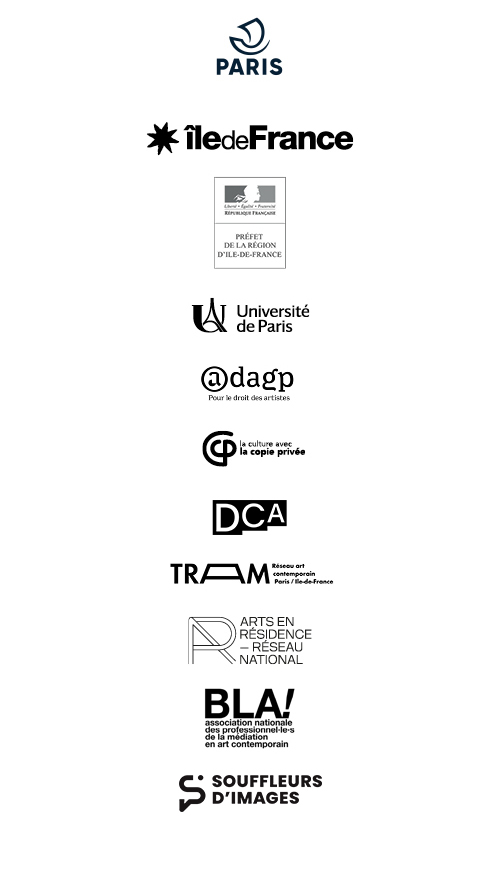Agenda
Exposition à venir :
« SOFARSOGOOD » de Sylvie Fanchon, une double exposition à Bétonsalon et à Pauline Perplexe, Arcueil
04.05-13.07.24 (Bétonsalon)
04.05-26.05.24 (Pauline Perplexe)
Vendredi 3 mai, de 16h à 21h : Ouverture de l’exposition à Bétonsalon
Samedi 4 mai, de 18h à 22h : Ouverture de l’exposition à Pauline Perplexe
ATTENTION - Bourse ADAGP & Bétonsalon 2024 :
Du fait d’un incident technique sur notre boîte mail, si vous n’avez pas reçu d’accusé de réception suite à l’envoi de votre dossier de candidature merci de nous le renvoyer avant le vendredi 26 avril à publics@betonsalon.net
+++
Instagram
Facebook
X
LinkedIn
YouTube
+++
Pour recevoir la programmation, inscrivez-vous à la newsletter.
